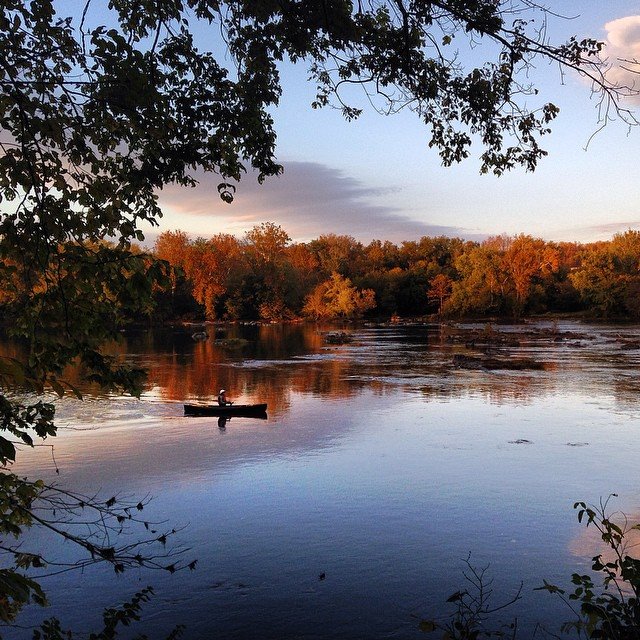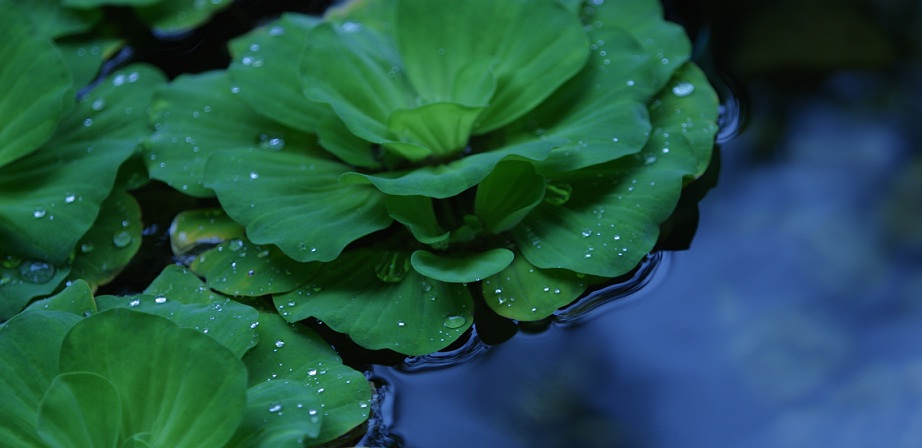On May 27, the U.S. Environmental Protection Agency (EPA) and the U.S. Army finalized the Clean Water Rule, which will be effective 60 days after publication in the Federal Register. According to EPA and the Army, the rule ensures that waters protected under the Clean Water Act are more precisely defined and predictably determined, making permitting less costly, easier, and faster for businesses and industry. They also state that the rule is grounded in law and the latest science and is shaped by public input from more than 400 stakeholder meetings and more than one million public comments. EPA and the Army also maintain that the rule creates no new permitting requirements for agriculture and maintains all previous exemptions and exclusions, including dredged or fill requirements. Read more.
In general, the Clean Water Rule maintains the current status of municipal separate storm sewer systems (MS4s) and encourages the use of green infrastructure to protect water quality. Existing jurisdictional determinations and permits will be valid until they expire. By promoting more consistent and effective implementation of Clean Water Act regulatory programs, the rule sets the stage for permit streamlining during implementation.
More specifically, EPA and the Army say the Clean Water Rule:
- Defines and protects tributaries that affect the health of downstream waters. The rule says that a tributary must show physical features of flowing water – a bed, bank, and ordinary high water mark – to warrant protection. The rule provides protection for headwaters with these features and those shown to have a significant connection to downstream waters.
- Provides certainty in how far safeguards extend to nearby waters. The rule protects waters that are next to rivers and lakes and their tributaries because science shows that they affect downstream waters. For the first time, the rule sets physical and measurable boundaries on covering nearby waters.
- Protects prairie potholes, Carolina and Delmarva bays, pocosins, western vernal pools in California, and Texas coastal prairie wetlands when they affect downstream waters.
- Focuses on streams, not ditches. The rule limits protection to ditches that are constructed out of streams or function like streams and can carry pollution downstream. Ditches not constructed in streams and that flow only when it rains are not covered.
- Significantly limits the use of case-specific analysis by creating clarity and certainty on protected waters and limiting the number of similarly situated water features. Previously, almost any water could be put through a lengthy case-specific analysis, even if it would not be subject to the Clean Water Act.
- Only protects the types of waters that have historically been covered under the Clean Water Act. It does not regulate most ditches and does not regulate groundwater, shallow subsurface flows, or tile drains. It does not make changes to current policies on irrigation, water transfers, or erosion in a field. The Clean Water Rule addresses the pollution and destruction of waterways, not land use or private property rights.
Stay tuned for more information on how the rule will specifically affect the stormwater sector.






